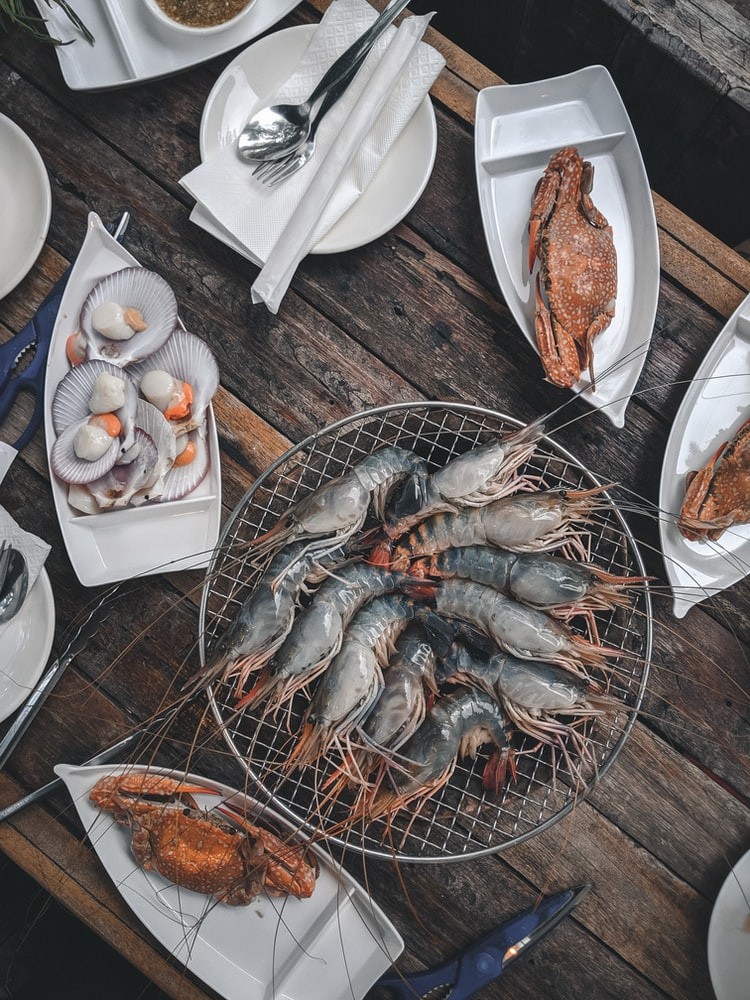
Many people enjoy a good plate or two of seafood, from crustaceans and fishes to mussels and shells. However, little do most people know that many of these creatures are packed with a secret ingredient. One that is not on top of anybody's favorite food list - Microplastics.
Microplastics
Microplastics are very tiny, microscopic to an extent, pieces of plastics that pollute the environment. These are not a specific kind of plastic, but fragments of any plastic less than 5mm in length. These pollutants enter and contaminate the natural ecosystem through various means but most commonly via infiltrating water systems.
Microplastics in Oceans
Because of their small size, microplastics can easily make their way to the oceans. Be it via water waste treatment and disposal or even just contact of anything with microplastics, commonly from microplastic filled fibers of clothes to any body of water connected to the sea.
These plastic fragments enter an animal's system, be it by ingestion or inhalation. Fishes and other marine wildlife unwillingly consume these microplastic as they either got mixed up with their foods or floated to the areas where they feed.
Effects of Microplastic on Marine Animals
In a study conducted by the ASC (Adventurers and Scientists for Conservation), particles of Microplastics are found in many marine samples collected from waters in America up to Asia. Manmade polymers are even found in deep-sea habitats. Five thousand five hundred fifty-seven meters down in the Northwest Pacific.
Because of the widespread of these pollutants, pieces of microplastics can be found throughout the food chain, from the smallest of planktons to the largest of whales.
Small as they may be, these microplastics can leave immediate and long-term damages to the creatures whose bodies they have contaminated.
The experiment shows that these plastic pieces can block an animal's digestive tracts, which usually results in a change in the creature's eating patterns, or worst - it may starve and die.
Seafood with High Amounts of Microplastics
Almost all marine animals are susceptible to microplastic consumption. But, researchers from Hull York Medical School in the UK said in an investigation that among all marine animals considered as seafood by humans, the mollusks had the highest level of microplastic contamination. Clams, mussels, oysters, and scallop's inability to be mobile leaves them prone to microplastic consumption because they can not just leave an area polluted with these tiny plastic fragments.
Effects of Microplastic on Humans
The extent of microplastic pollution's effect on humans is still unclear because no sane person would consent to eat plastics for the experiment. Because of that, scientists know so little about how food processing or cooking affects the toxicity of plastics in the marine organism, and that level of contamination may hurt us.
However, consuming foods contaminated with microplastics might still affect a human. Most plastics have chemical properties that are not made for consumption.
Sure, some of the chemicals may react differently to humans and sea creatures because of different metabolization and excretion prosses, but the fact still stands. Plastics are not usually suitable for consumption.
© 2025 NatureWorldNews.com All rights reserved. Do not reproduce without permission.





